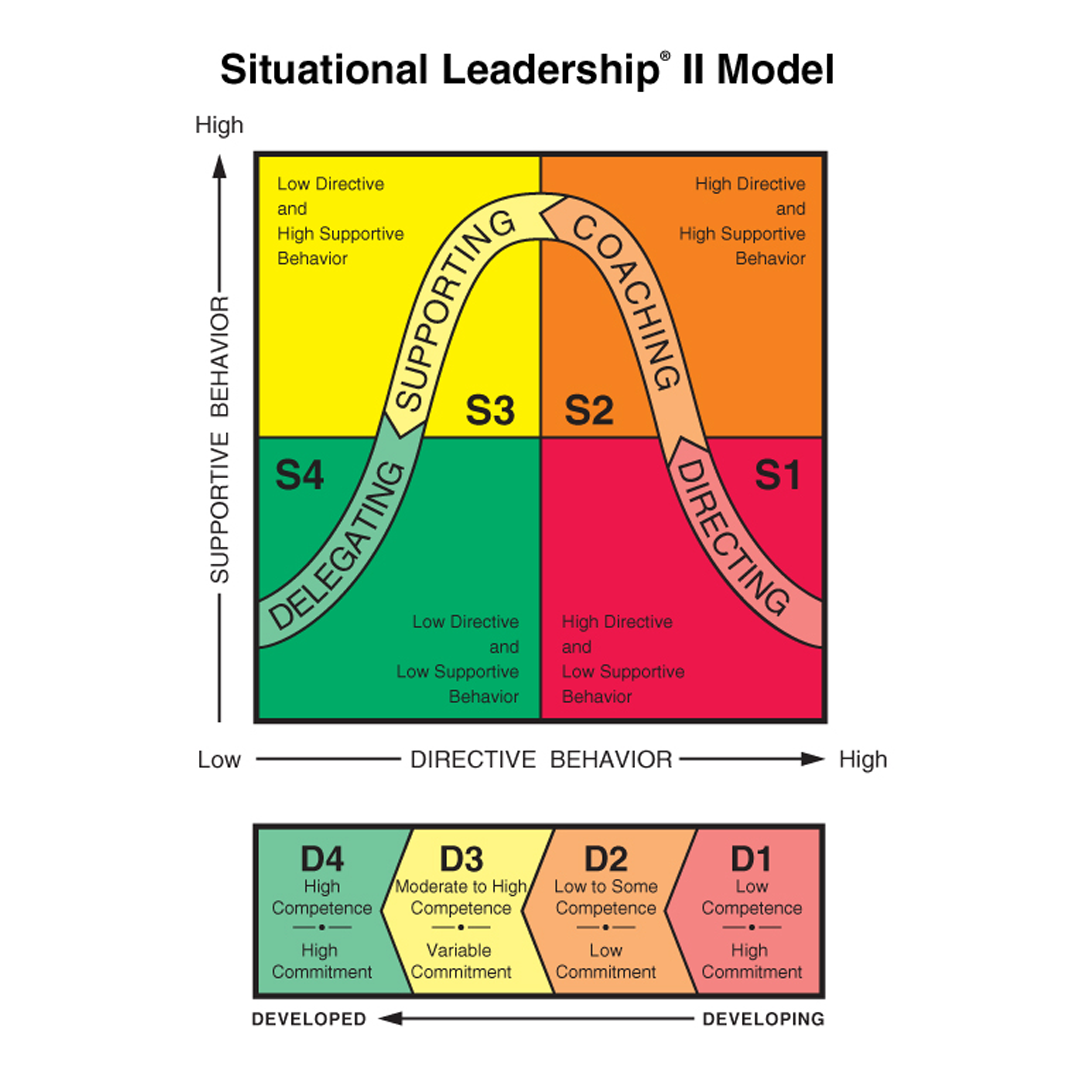How Parents Lead (Part 2)
As a parent, how would you describe your leadership style?
I believe parents often downplay their role as a leader in their children’s lives. But, if leadership is influencing others in a particular direction, in order to achieve a particular goal, then there are few things more leader-worthy than parenting. If you are a parent, then you are a leader.
But, everyone leads different. If you haven’t, make sure to check out part 1 of this post. Also, if you’re trying to come up with a vision for your children’s future larger than staying out of jail, and not getting pregnant before marriage, check out this post about creating a family vision.
I’d like to finish up talking about parenting leadership styles by sharing the Situational Leadership Style. Before I begin this discussion, a quick reminder that in the business world these styles refer to how one effectively accomplishes tasks. As a parent it’s best to look at these through the eyes of how you accomplish tasks and make decisions with your children, not as a behavior-modification tool.
Situational
Situational leadership is based on the idea of assessing the needs of the people you’re leading and leading in a style consistent with their needs. A leader would then choose a leadership style that is either high or low on task-focus and high or low on relationship focus based on their needs. It’s interesting to think about applying this to our parenting. Check out the form below (2 versions).
The FOUR situational styles:
Directing: This is also called telling. Directing is high in task focus, but low in relational focus. Here a follower might have high motivation to do something, but they just don’t know what to do. In this situation you just need to tell or teach them what to do. A parent might spend a lot of time in this category because there are many things our children don’t know how to do. So,we have to take the time to teach them what to do. But, in our parenting, we hope to eventually move from being more directive, to less. We hope to increase their confidence and independence.
Coaching: This is also called selling. Coaching behavior is high on task and relational focus. Here a follower might have low motivation and low competency for a specific task. If you want your child to accomplish a task but he/she has little motivation to do it and doesn’t know how, you would use this. Think about potty training. Children have little motivation to change what’s presently working for them and they have no idea how to do it differently. So, to use selling, a parent would spend time teaching the child, but also give lots of support and encouragement as they attempt a new behavior.
Supporting: If your children are able to do something, but not confident, then you might employ a participating leadership style. This is a style that’s highly relational, but not so worried about task accomplishment. Here you would also accept responsibility for the outcome of the task and help them accomplish it. For example, if a child is scared to go down a slide you might say, “Let’s go down the slide together.” Or, if your child is afraid to try something new, it could be a good time to suggest you do it together.
Delegating: This is where we ultimately hope to get with most of our parenting tasks. We hope to get to a place where our children are highly competent and highly motivated. For example, think about teaching your 8 year old to clear the table after dinner. Once he/she learns he/she will be highly competent in this task. If you add some sort of external motivation (allowance) or internal motivation (child’s desire to receive praise or recognition), then you as a parent should be able to delegate this task to them without giving much thought to it.
The problem comes when we, as parents, delegate tasks to our children (giving little support or direction) that they either A. don’t know how to do or B. aren’t motivated to do. We run into this with our boys cleaning their room. In my mind I’ll assume they are both willing and able to clean their room so I’ll send them up to accomplish the task. Ten minutes later I’ll go up to find one of my children swinging on the bed while the other one is weeping on the floor. My problem- I used the wrong leadership style. Now, I could resort back to directing, where I just start barking orders for what to do (which to be honest sometimes happens)– but that’s really not the best solution either. My boys either need a coaching or supporting style when it comes to accomplishing a clean room. I think they see the mess and feel overwhelmed and aren’t sure where to start.
Situational Application: The main point of Situational Leadership is to assess the situation before determining what leadership style to employ. Determine what your children need before engaging the situation. Not every interaction requires yelling and telling what to do. But, on the other hand, not every situation requires a child to figure it out on their own. The parent who employs situational leadership style will focus on assessing each situation to determine what’s needed for that particular situation.
Final Thoughts
There’s no perfect parenting leadership style. There has been a lot of research done on styles and every style has its benefits and challenges. Really, the more we employ many of these leadership styles into our parenting, the better off our children will be. But, it is helpful to see which one you naturally lean towards.
For more info on Situational Leadership, feel free to check out this website:
https://situational.com/the-cls-difference/situational-leadership-what-we-do/
You can also check out Ken Blanchard’s popular book he wrote based on his research, The One Minute Manager


